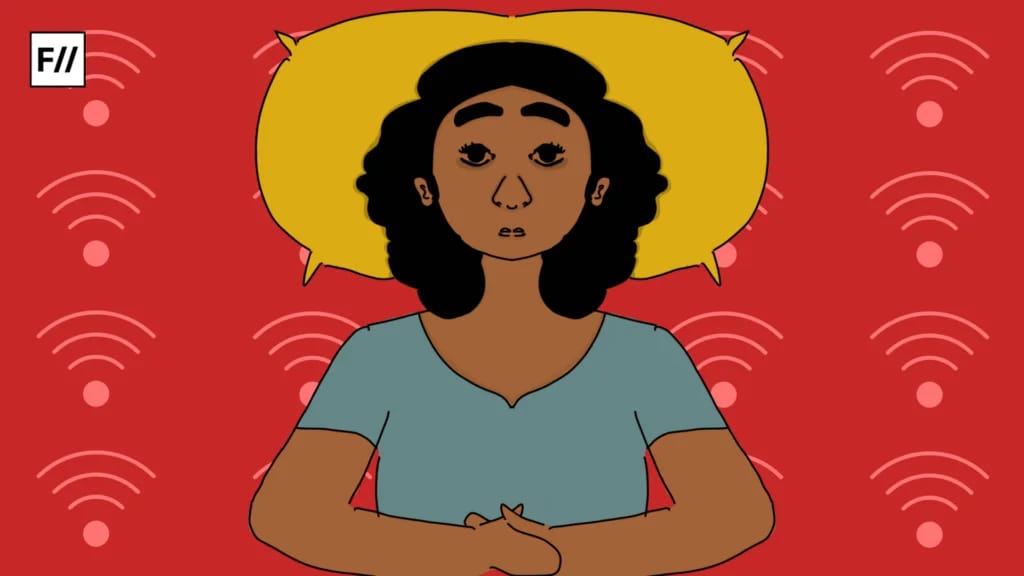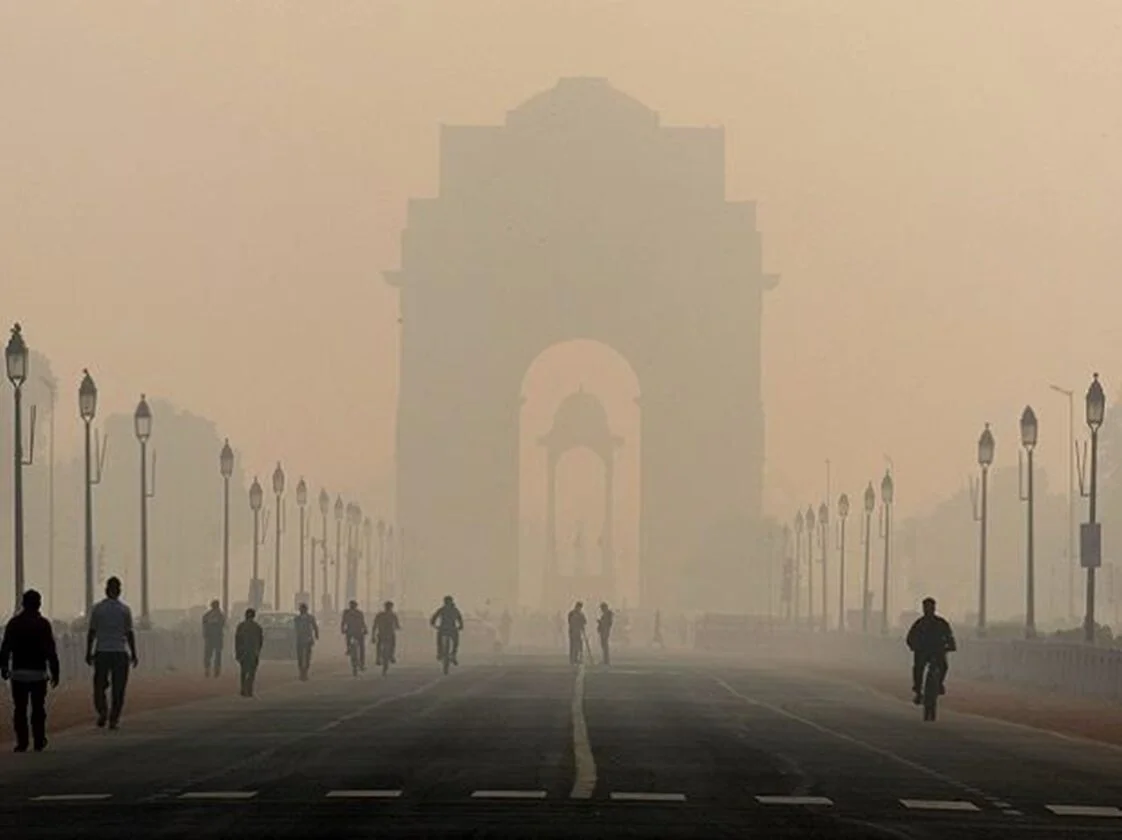Have you ever seen videos of mountains being struck by sudden flash floods and felt a terrible, unsettling sense of unease? Perhaps you felt powerless when the floods destroyed the towns? Then you would not be the only one. Climate change is not just about hotter days and extreme weather. It is also impacting our mental well-being. Individuals are becoming more anxious and depressed and, in a few instances, experiencing PTSD symptoms due to the various consequences of an extensive climate crisis.
While talking to a mental health practitioner and getting individual support is useful, it is time to shift our attention to more critical structural problems, which demand equal prominence in coping with these extensive ill effects. Studies have linked climate change to increased anxiety, depression, and PTSD, particularly among those at the forefront of disasters. To truly achieve sustainable development, we need strong structural reforms. This begins with changing the way we interact with our communities, specifically in how we construct them for current and future generations. This is how we will be safer, more in touch, and more hopeful, even in difficult times.
The Mental Toll of Climate Change
Climate change is commonly described in terms of physical destruction, such as heat waves, hurricanes, wildfires, and droughts. But it also has a substantial psychological impact. Evidence shows that around 557 farmers who have suffered crop failure committed suicide in only the first 6 months of 2024, and 67% of the youth are reporting climate anxiety and are worried about the effects of climate change. A recent nationwide study in South Korea showed that hotter days were linked to about an 11% higher risk of suicide attempts, and the researchers also warn that this risk could climb even further as the climate continues to warm.
The emotional load isn’t solely caused by witnessing people who have experienced climate catastrophes firsthand. The fear of ecological collapse, or so-called ‘eco-anxiety,’ works on individuals even if they are distant from disaster areas. A study conducted among young people in the US shows that about eight in ten say they feel at least somewhat worried, and more than half admit they are very or even distressed about what it means for people and the planet. Nearly half say it is affecting their mental health, and over a third confess that these concerns spill into their daily lives, shaping how they think, feel, and function. Such a feeling of terror toward existence is likely to cause one to experience a lack of hope, powerlessness, and even estrangement from the outer world.
Furthermore, communities already under the stress of climate change will be disproportionately affected. The climate-related catastrophes often hit the disadvantaged areas, the native communities, and the residents of the low- and medium-income Countries (LMICs) that usually have the least amount of mental health care services. According to new World Bank figures, climate change isn’t just an environmental crisis; it’s an economic one. By 2050, low- and middle-income countries could face over $21 trillion in additional health costs, roughly 1.3% of their entire future GDP, drained solely by the consequences of a warming planet. Where climate change and social inequality converge, mental health inequalities are even exacerbated.
Ecological mourning, the dying of ecosystems and species, and the disappearance of accustomed lifestyles are also beginning to be severe psychological problems. For the Aboriginal community and the persons whose identities are culturally highly acclimatised to the terrain, ecological degradation is not simply a lack of resources but also the loss of culture, history, and place. Climate change mitigation is not just a struggle for survival; it is about preserving the psychological and cultural well-being of future generations.
First-Order Changes: Important, But Not Enough
Practitioners of mental health usually answer the climate-related distress scenario by employing the already known methods, namely, therapy, mindfulness, support groups, and crisis lines. Albeit they are all legitimate means of assisting a person through a hard period. However, the reality is that these means, as well as other ‘first-order’ changes, do not address the underlying factors that are the reason for the stress in the first place. That is the issue with these ‘first-order’ changes. They only heal the symptoms, but the melancholia-ridden roots, which are usually of such a nature that an individual has limited control over them, remain intact.
Take, for instance, a person who could be in such a state of panic and apprehension that his or her locality gets submerged with water every monsoon. It is therapy that would probably instil in the person some techniques to cope, but the flood will still take place. If we are truly serious about combating climate change that leads to mental distress, we have to come up with more strategies than just treatment. The more effective approach will be the one that creates settings and systems that are designed to help people interact easily with the stressors. This is what we call a ‘second-order’ change, which community members consider more sustainable and impactful.
Second-Order Solutions: Building Resilience Through Community and Environment
We require systemic, large-scale solutions to build a society to absorb the effects of climate change on mental health. This includes transforming the cities, infrastructure, and policies to create psychological resilience. Here are a few ways in which these can be taken forward:
More Green Areas
A recent national Norwegian survey of approximately 150,000 adolescents revealed that the majority of them believe that their lives are good. They are lively, they have good friends and family, and they are positive. Nevertheless, almost one out of three stated that they are stressed or discontented to the extent that they are not satisfied with at least some aspect of their lives. Ironically, Norway is at present the happiest country in the world.
Research shows that urbanisation separates people from nature, which leads to increased anxiety and depression symptoms. It has also been found that green spaces contribute to improved mental health and stress reduction in urban and regional settings. Practices such as rooftop gardens, park development, and tree planting in urban settings will provide avenues for people to enjoy themselves and experience a connection to the natural world, thereby reducing climate change-related mental health effects.
Nature shields the communities against harsh climatic calamities. Mangroves prevent storm surge from hitting the coast, forests curb urban heat islands, and wetlands aid in the absorption of floodwaters. Ecological infrastructure contributes to the protection of physical and mental health, and the study by Sunding et al. (2023) supports this assertion. Green expansion initiatives should extend their benefits to all communities, regardless of their economic status. Fair environmental planning provides marginal communities with access to nature, rather than only those who can afford high-end property. Sustainable urban planning prioritising greenery can significantly mitigate mental health inequalities.
Safe, Walkable, and Well-Lit Communities
Extreme heat caused by climate change has made it impossible for humans to live in several cities, particularly for vulnerable groups. Nevertheless, a proper plan can completely reverse such a situation. Community members engaged in walking, complemented by sufficient tree cover, short walkable distances to public transportation, and security through the presence of police at any time, are a source of conversation and physical activity, which are part of the criteria for mental state upgrading.
When people feel safe walking outside, they are more likely to engage in conversations with the local community. The sense of community belonging and confidence in one’s surroundings are the most effective ways to treat mental disorders. Therefore, resilient infrastructure is not only about earthquakes and air conditioning but also about having communities that can make people feel safe and connected.
By investing in public transportation, cycling infrastructure, and pedestrian-friendly spaces, car use will also be reduced. Thus, there will be low emissions and a high-quality environment. A city with optimal planning for both physical and mental health is also beneficial for the planet.
Sustainability
The hopelessness of climate anxiety is perhaps the most debilitating aspect of it. Some individuals are so small that they feel helpless or hopeless because they cannot do anything. However, cities that invest in sustainable living, community gardens, composting programs, and renewable energy cooperatives empower people.
When people can see concrete outcomes from collective efforts, their mental well-being may also change. Besides, sustainable practices reduce the comparative intensity of climate change. Cities that implement renewable energy, public transportation, and waste reduction not only reduce their carbon footprint but also lead the pack. It is an excellent feedback cycle, with environmental stability keeping climate-induced distress under control, which promotes increased engagement in sustainability actions.
Policy Interventions
Although individual efforts are essential, only strong policies can bring about systemic changes. Governments need to identify climate change as a public health emergency and invest in interventions to counter its environmental and psychological impacts. A few necessary policies are
- Climate-resilient housing projects for vulnerable populations
- Mental health support within disaster response groups
- Green infrastructure support to cool urban spaces and mitigate flood risk
- Policy interventions to curb excessive heat exposure for workers outside
- Educational initiatives to educate people on mental health and climate
- Thickening community networks to offer local mental health services
Environmental justice laws are critical because they acknowledge that those who are least advantaged suffer most from the impact of the environment. Addressing such inequities through targeted policies may yield benefits in reducing the social and economic-psychological costs for the affected communities.
A Call to Action for Second-Order Changes: Resilience Beyond the Individual
The mental health crisis caused by climate change requires more than therapy to resolve it. People need more than individual coping strategies because their environment continues to harm their mental health. The implementation of second-order changes creates enduring solutions that tackle both environmental threats and their underlying causes, addressing climate anxiety. We have to accept that mental health is closely associated with nature. In a truly resilient society, people are not only those who manage to survive, but they are also empowered, deeply connected, and maintain their faith. Those who go beyond first-order solutions will not only save generations to come from the ravages of climate change and the resulting psychological trauma, but they will also be building a world in which the two aspects of health and sustainability are mutually compatible.




